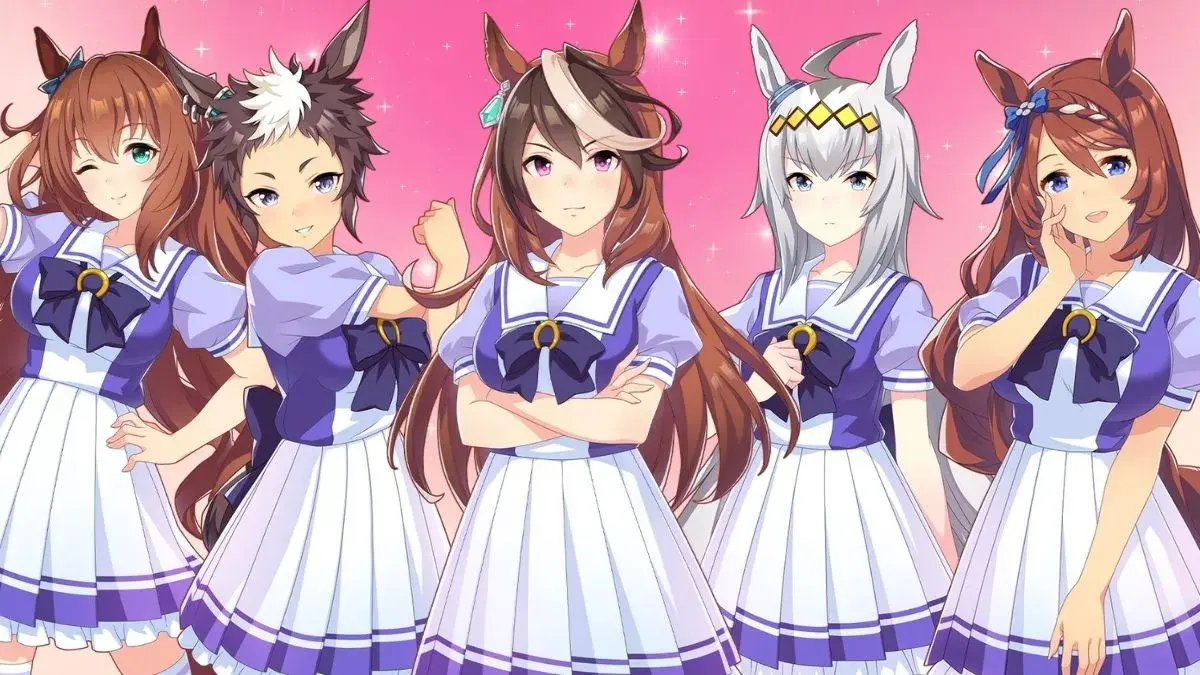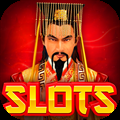A brief history of Umamusume's horse girls in real life–1970s and 1980s edition

Here are the racehorses of the ‘70s and the ‘80s that you can train in Umamusume: Pretty Derby.
Umamusume: Pretty Derby took the world by a storm when it became available for global players just last month, 26 June. And although the game has been a staple gacha for Japan since 2021, its characters, aptly called umamusume (literally meaning “horse girl”), has won the hearts of many players since then.
Besides giving us adorable anthropomorphised horse girls to train and get to know, Umamusume: Pretty Derby has opened the gates (pun intended) for younger generations to learn about the fast-paced and competitive world of professional racehorsing (or keiba), a sport that has cemented itself in the Japanese psyche since its boom in popularity in the 1860s.
Given its enduring legacy, many legendary racehorses have etched themselves into history. Seeing this untapped market of potential, game developer Cygames conceptualised the cute and addictive gacha game we know today.
So, which legendary racehorses got into Umamusume: Pretty Derby, what happened during their careers, and where are they now? In this article, we’re diving deep into the current list of active trainees in the global server:
Maruzensky
Maruzensky in Umamusume: Pretty Derby and in real life (Images: Cygames, NamuWiki)An undefeated racehorse nicknamed “Supercar”, Maruzensky was a stallion that enjoyed an extremely successful career that spanned from 1976 to 1978. However, as a horse that was brought from overseas, Maruzensky was barred from entering any Triple Crown races.
Even though Maruzensky was unable to gain the Triple Crown distinction, he was still recognised by the JRA by being honoured with an induction into the Japanese Racing Association Hall of Fame in 1990.
Maruzensky unfortunately had to end his career after only two seasons, as he developed a recurring bout of tendonitis that was difficult to cure. He was retired to become a breeding stud with a notable line of descendants. He sired what would become the mares for Winning Ticket, Special Week, and Rice Shower to name a few. He passed away in 1997 after suffering a heart attack at the age of 23.
Mejiro Ryan
Mejiro Ryan in Umamusume: Pretty Derby and in real life (Images: Cygames, NamuWiki).Mejiro Ryan is also part of the legendary Mejiro family of racehorses, although he and McQueen were not related by blood. He ran from 1989 to 1992 for a total of 19 races, seven of which were first place wins. Mejiro Ryan is also the last stallion descended from Northern Taste.
At the end of his career, Mejiro Ryan was retired to become a breeding stallion, and produced winning crops of foals, which include Mejiro Bright and Mejiro Dober. He passed away in 2016 at the age of 29.
Oguri Cap
Oguri Cap in Umamusume: Pretty Derby and in real life (Images: Cygames, NamuWiki).Oguri Cap was a legendary stallion with an inspiring Cinderella story. He came from a relatively obscure background from a non-prestigious pedigree, yet became a national hero due to his consistency and impressive victories.
His career, which ran from 1987 to 1990, totalled 32 races, 22 of which he placed first. He logged a staggering record of major wins, including two in the Mainichi Okan (1988, 1989), two in Arima Kinen (1988, 1990), the Sankei Sho All Corners, and the Mile Championship.
Due to his intimidating and powerful presence, Oguri Cap was nicknamed the “Gray Monster” or “Gray Beast”. But after races, he was more known for his gluttonous nature–a part of his personality that is often shown in Umamusume: Pretty Derby and its accompanying anime titles.
Oguri Cap retired in 1991 and became a stallion stud. Although he was not able to produce any racers in his caliber, he enjoyed a relatively peaceful life until he suffered a tragic pasture accident that led to him being euthanised in 2010. He was 25 years old.
Super Creek
Super Creek in Umamusume: Pretty Derby and in real life (Images: Cygames, NamuWiki).Super Creek was a stallion known for his impressive size, and during his active career, was part of the “Heisei Top Three” alongside Oguri Cap and Inari One. The famous jockey Yutaka Take credits Super Creek as his favourite horse, and the inspiration to his stellar horseracing career, even saying that “if I hadn’t met Super Creek, I wouldn’t have been able to win this many G1s. In a way, it was my starting point.”
But before Super Creek rose to prominence, many were concerned about the stallion in the early years of its life. Super Creek was born with a defect that made his left leg lean outward, and displayed a quiet personality that made people doubt if he could ever succeed as a racehorse. As such, Super Creek was purchased at a markedly low price, considering during his era racehorses were in demand.
However, Super Creek proved his naysayers wrong; in his career, which lasted from 1987 to 1999, Super Creek ran a total of 16 times, and brought in a total of eight wins, six of which were major races.
In retirement, Super Creek was made to work as a municipal horse and a stallion stud, with one of his descendants being Sakura Bakushin O. He passed away in 2010 at the age of 21, with the cause of death being attributed to old age.
Symboli Rudolf
Symboli Rudolf in Umamusume: Pretty Derby and in real life (Images: Cygames, TurfDust)Known as the “Emperor”, Symboli Rudolf is a legend among legends when it comes to the horseracing world. He is known as the first undefeated Triple Crown champion, as well as the first Triple Crown winner since the introduction of racing grades in the country. In a career that lasted from 1983 to 1986, Symboli Rudolf ran a total of 16 races with 13 wins, eight of which were major wins. He was also multi-awarded: Japanese Champion 3-Year-Old Colt in 1984, Japanese Horse of the Year in 1984 and 1985, and Japanese Champion Older Colt or Horse in 1985. He was also inducted into the Japan Racing Association Hall of Fame in 1987.
After his retirement as a stallion stud, Symboli Rudolf sired a number of grade winners, some of which are: Tokai Teio, Ayrton Symboli, and Tsurumaru Tsuyoshi, just to name a few. He passed away in 2011 at the age of 30.
Information used in this article was sourced from NetKeiba and NamuWiki.













